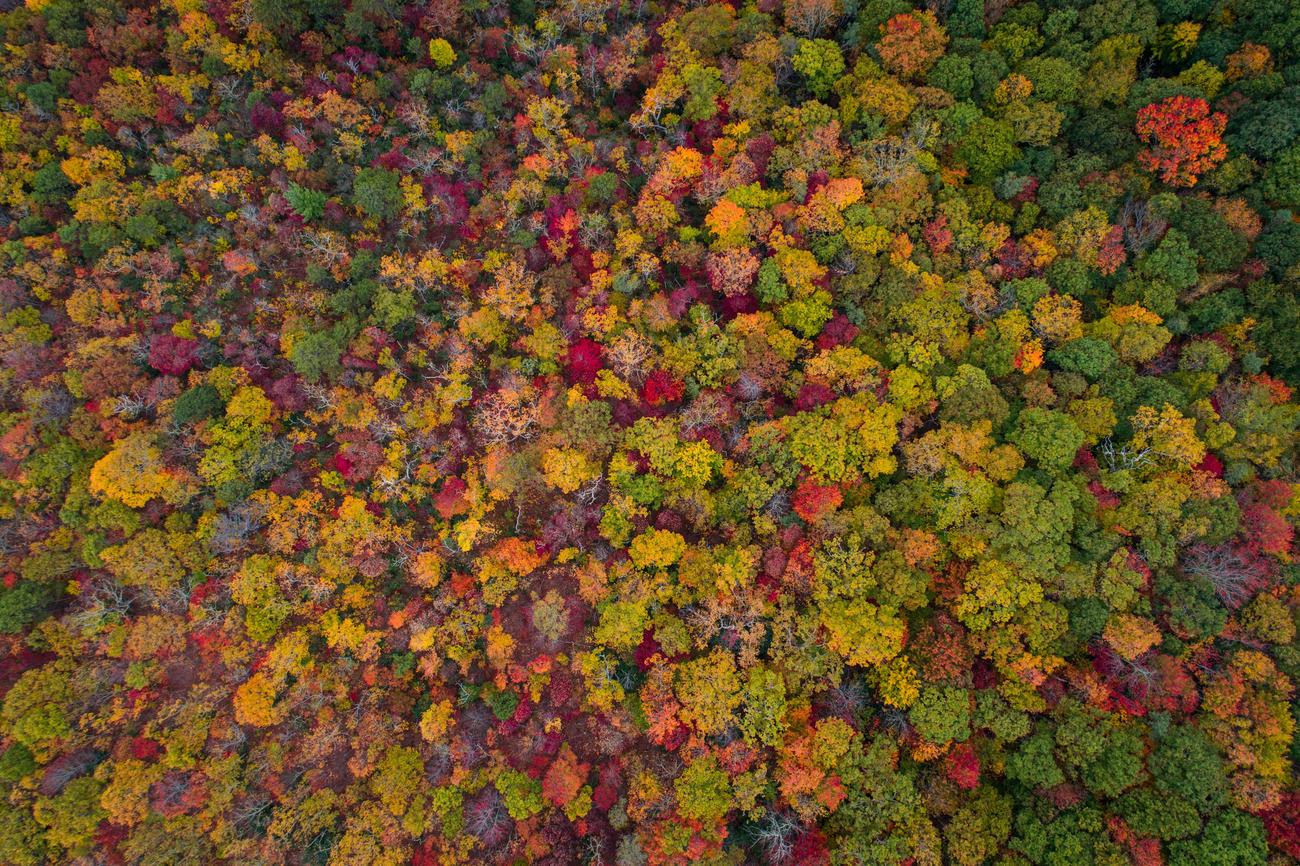Welcome to “When is Hurricane Season in Dominican Republic: A Meteorologist’s Guide,” where we dive into the intriguing world of tropical weather patterns. As skilled and experienced meteorologists with a specialization in monitoring and understanding the dynamics of hurricanes, we bring you valuable insights into the yearly occurrence of these powerful storms within the enchanting shores of the Dominican Republic. With our expertise in climatology and a deep understanding of the Caribbean region, we have devoted years to studying and analyzing hurricane seasons across various countries, enabling us to provide accurate forecasts and valuable information for residents, tourists, and government entities. So, let’s embark on an informative journey to discover the crucial answers to the question: when exactly is hurricane season in the Dominican Republic?

When is Hurricane Season in Dominican Republic?
As a skilled and experienced meteorologist specializing in tropical weather patterns, I am here to provide you with a comprehensive guide on when hurricane season occurs in the Dominican Republic. With my expertise in climatology and extensive knowledge of the Caribbean region, I have spent years studying and analyzing hurricane seasons across various countries. So, let’s dive into the topic and understand when the Dominican Republic experiences hurricane seasons!
Hurricane season in the Dominican Republic officially runs from June 1 to November 30, aligning with the Atlantic hurricane season. During this period, the Caribbean region becomes an active hotbed for tropical cyclone activity. It is essential to note that the peak of hurricane season in the Dominican Republic typically falls between August and early October. So, if you are planning a visit to this beautiful country, it’s important to keep these dates in mind.
Now, you might be wondering why hurricane season occurs during these specific months. Well, it’s all about the oceanic and atmospheric conditions that promote the development of these powerful storms. Warm sea surface temperatures, coupled with low wind shear and high humidity, create the perfect environment for hurricanes to thrive. As a result, the Dominican Republic, being located in the Caribbean, is susceptible to the formation and impact of these tropical cyclones during the designated season.
In recent years, the Dominican Republic has experienced the wrath of some powerful hurricanes. In 2017, the country faced the fury of Hurricane Irma and Hurricane Maria, both of which left a lasting impact on the region. It’s crucial to acknowledge the strength and destructive potential of these storms, as they can cause extensive damage to infrastructure, disrupt daily life, and pose a significant threat to human safety.
To better understand the intensity of hurricanes, meteorologists use the Saffir-Simpson Scale, which classifies hurricanes based on their maximum sustained wind speed. This scale ranges from Category 1 (74-95 mph) to Category 5 (157 mph or higher). It’s important to stay informed about the category of any approaching hurricane as it helps determine the potential risks and necessary safety measures.
Now, let’s talk about the timeline for tracking hurricanes. Meteorological centers closely monitor tropical cyclones from the moment they form, which usually occurs around 7-10 days before they reach the Caribbean. This crucial tracking period allows forecasters to provide early warnings and valuable insights regarding the potential trajectory and intensity of the storm. Keeping an eye on these forecasts can help residents, tourists, and government entities prepare and take appropriate actions to mitigate the impact of hurricanes.
If you are planning a trip to the Dominican Republic, it’s essential to check the weather conditions in advance, especially during the hurricane season. While Punta Cana, a popular tourist destination, faces severe tropical storms, it’s worth noting that October is the rainiest month in the region. So, if you want to avoid the risk of hurricanes and enjoy a drier vacation, it’s best to plan your visit during the dry season, steering clear of the hottest and most humid months.
Now, let’s take a sneak peek into the upcoming hurricane season in the Dominican Republic. In 2023, experts predict that the season will be slightly less active than normal. However, it’s important to remember that even a less active season can still bring significant storms and potential risks. Therefore, it is essential to prioritize safety and stay informed about any updates or warnings issued by local authorities and meteorological agencies.
In the near future, the Dominican Republic may indirectly experience the effects of Hurricane Lee. While it may not make a direct landfall, abnormal waves and winds can impact the coastal areas of the country. Again, it is crucial to stay updated with the latest forecasts and follow all recommended safety measures to ensure the well-being of yourself and those around you.
Lastly, it’s worth noting that the official end of the hurricane season in the Dominican Republic is in early December. However, it’s important to remember that tropical cyclones can still occur outside of the designated season, although the likelihood is significantly lower.
To summarize, the hurricane season in the Dominican Republic spans from June 1 to November 30, with the peak falling between August and early October. It’s crucial to stay informed about the intensity and trajectory of approaching storms, as hurricanes can cause significant damage and pose a threat to human safety. By checking weather updates, planning trips during the dry season, and following standard recommendations, you can ensure a safe and enjoyable experience in this beautiful country.
“By staying informed and prepared, you can navigate the hurricane season in the Dominican Republic with confidence and safety.”
The Dominican Republic is filled with fascinating history, vibrant culture, and stunning landscapes. If you’re curious to learn more about this captivating country, we have compiled 3 interesting facts about the Dominican Republic that will leave you amazed. From its rich colonial past to its breathtaking beaches, there’s something for everyone to discover. So, why wait? Click here to uncover these intriguing facts: 3 interesting facts about the Dominican Republic. Get ready to be pleasantly surprised!
Hurricane Season in the Dominican Republic: Weather Insights for Punta Cana in 2022
[youtube v=”21Ipv4OAmus”]
The Impact of Hurricanes in the Dominican Republic
The Dominican Republic, known for its stunning beaches and vibrant culture, does experience hurricane activity. However, Punta Cana, located on the country’s eastern coast, benefits from its favorable geographical position. Protected by the bay and Puerto Rico, Punta Cana has become a popular tourist destination that remains relatively safe during hurricane seasons.
Over the past nine years, Punta Cana has only been hit by one significant hurricane, with a few palms and minor infrastructure affected. In comparison, other areas like the north coast have experienced a higher frequency of hurricanes. This natural protection has allowed Punta Cana to flourish, attracting the development of top-notch five-star hotels and villas.
Peak of Hurricane Season in the Dominican Republic
While the official hurricane season in the Dominican Republic aligns with the Atlantic hurricane season, running from June 1 to November 30, the peak of hurricane activity typically occurs in August and September. It is during this period that meteorologists closely monitor weather conditions, providing early warnings and insights about the trajectory of tropical cyclones.
Most Affected Islands in the Caribbean
When considering the history of hurricanes, Cuba has suffered significant impacts, while Haiti has faced catastrophic consequences. Puerto Rico and the Dominican Republic have also experienced their fair share of hurricane-related challenges. However, Punta Cana, due to its protected position, has remained relatively safe from direct hits.
Weather Patterns and Rainy Seasons
The Dominican Republic generally experiences a rainy season, which begins in April and extends into May, with intermittent showers in August and September. However, weather patterns are subject to change, and the climate in the Dominican Republic is incredibly beautiful, offering more than 300 sunny days annually.
Safety Measures and Enjoying the Dominican Republic
While it is advisable to avoid traveling to the Dominican Republic during hurricane season, it is important to note that significant hurricanes are relatively infrequent. In the past nine years, there has been only one noteworthy hurricane. By staying informed about weather conditions in advance and following recommended safety measures, tourists can still enjoy their experience in Punta Cana.
As a visitor, you might encounter a brief one-hour rain shower amidst the sunshine. The advantage of these passing showers is that the warm ocean remains ideal for swimming, enabling you to embrace a different experience and explore the beauty of the Dominican Republic.
Conclusion
It is crucial to prioritize safety and stay updated on weather conditions when planning a trip to the Dominican Republic, especially during hurricane season. While the 2023 hurricane season is predicted to be slightly less active than usual, it is always wise to take precautionary measures. Remember, the official end of hurricane season is in early December, but tropical cyclones can still occur outside of this timeframe, albeit less likely.
“Discover the beauty of Punta Cana, a Caribbean paradise that remains protected during hurricane seasons. Experience the stunning beaches and vibrant culture, all while staying safe and informed about weather conditions.”

FAQ
Q: When is hurricane season in the Dominican Republic?
A: Hurricane season in the Dominican Republic typically runs from June to November, with the peak occurring from August through early October.
Q: What were the strongest hurricanes in recent years in the Dominican Republic?
A: The strongest hurricanes in recent years in the Dominican Republic were Irma and Maria, both of which occurred in 2017.
Q: When did Hurricane Fiona impact the Dominican Republic?
A: Hurricane Fiona impacted the Dominican Republic on September 19, 2022.
Q: How are hurricanes classified?
A: Hurricanes are classified based on their maximum sustained wind speed using the Saffir-Simpson Scale.
Q: What precautions should I take during hurricane season in the Dominican Republic?
A: It is important to check the weather forecast in advance and follow standard recommendations to protect yourself during hurricanes, such as securing your property, stocking up on essential supplies, and staying informed about evacuation plans and shelters.









